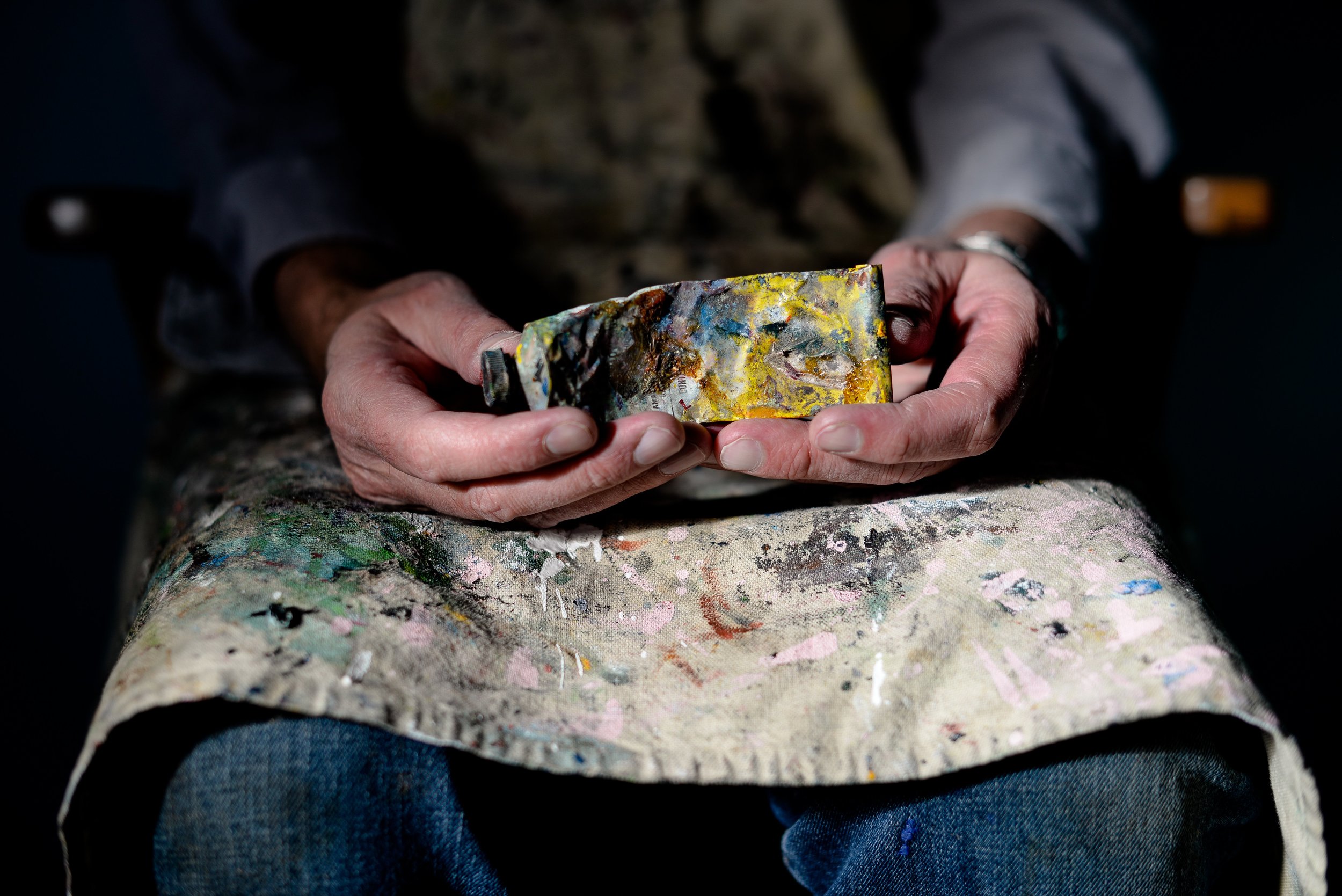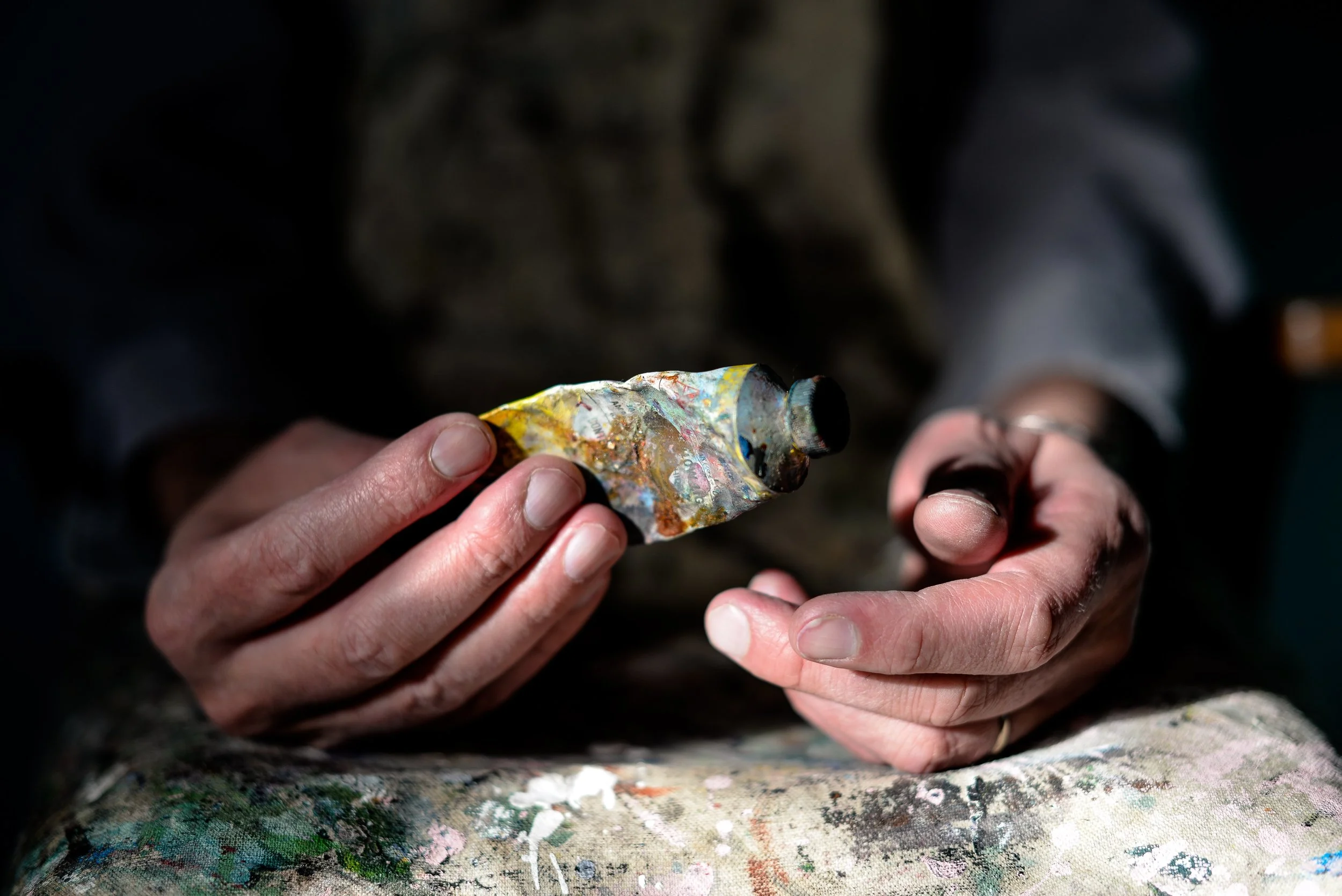A Week of Prompts – Ekphrasis
While I have had every intention of putting together an online course this fall, life seems to continue to get in the way. So, instead of that, I'm going to put together a week of creative prompts over the next 4 weeks. If at the end of the 4 weeks, you feel as though it's been useful and energizing, you might choose to hit that donate button in the sidebar or at the bottom of each post.
This week, we're going to explore ekphrasis. What is ekphrasis, you ask? Most simply it can be defined as a verbal description of a work of art. Poets write poems in the ekphrastic mode, and novelists often write passages describing works of art.
You can find examples on Poets.org and on Poetry Foundation and in various other places on the web and Wikipedia is actually quite useful on the subject. In my own book, Asking, the last section contains "enactments" of the conventions of ekphrasis – the many different approaches or modes of writing about art. I've been writing about art in some form or another since my first book, and it's something I keep coming back to.
A very quick list of some of the conventions of ekphrasis (I imagine there are ways of writing about art that haven't yet been conceived):
Notional: write about an imagined visual object
Speaking out: give voice to a mute object
Praise: celebrate an art object, lavish it with praise
Paragone: competition – in which the complex competitive relationship between words and images is apparent
Enargia: "make the object lively before the reader’s eye," a lively description – the approach mimics, describes, and might be painterly
Emotional response
Museum ekphrasis
Artist’s studio
Re-visioning/critique
For a more detailed list of these conventions I recommend reading this one.
Writing about art can be a wonderful experience. One learns as one writes, seeing art in ways one wouldn't have without sitting down to explore an object with words. Looking at art more closely helps me to see the world with new eyes. In carefully considering and even meditating on a painting, I find I approach my own art making process with a renewed vision.
Below are 7 prompts. You can work at them in order, or not. You can save this post, and work through the prompts at a later date. They are yours to do with what you choose. Feel free to share anything you write on your own blogs, on Facebook, or in the comments. I'd love to hear about your process, and if these sparked ideas for you.
The Prompts
1. Still Life
Write a poem or paragraph about a still life painting. A few examples: "Still Life" by Marianne Boruch, poems by Adam Zagajewski, Charles Wright on Morandi. Find examples of still life paintings here. If you'd rather, set up your own still life, and describe it. Take a photograph of it, and write about that experience. You can simply describe the objects, noting the light, the shadows, the forms, or you can go further and investigate the origins of the objects, or what they mean in your own life, how you connect to them, and what emotions they evoke.
2. Praise
Is there a painting you love? What draws you to it? Write about the reasons you admire this piece. When you look long at a painting you have always liked, are there new things that you now notice?
3. Artist's Studio
Have you visited an artist's studio? Or have you seen an image of an artist's studio that fascinated you? I myself am fairly fascinated with the studio (possibly because we have one in our basement ;) ) I've been accumulating images of art studios on Pinterest, which might spark some writing.
4. Study of a Single Artist
Select a single artist whose work you enjoy looking at. What themes attract you to this artist? Is there a defining moment in their life that interests you? Write about your connectedness to the work of this artist. Begin with a quotation spoken by the artist, or by a critic of the art. For inspiration visit the Painter's Keys for "art quotes." For example, you might start with some words by Louise Bourgeois etc.
5. Notional
Imagine a work of art that you would like to make, or something completely fanciful. Imagine a lost work of a famous artist. You could completely imagine an artist and their work and write about them. If you were a painter, what would you paint? Imagine a work of art that was lost to fire or to the ravages of time. For example the paintings of Carel Fabritius were destroyed in an explosion in 1654. He's known for The Goldfinch. What else might he have painted?
6. Detail of a Painting (or photograph, or sculpture)
I once wrote a series of poems about details of paintings (in Against Paradise). I was inspired by the following quotations by W.S. di Piero in Shooting the Works:
"The mystery of details. The satisfaction of painted particulars. We enter a familiar museum or gallery and go at once (or pretend to drift) to a favourite picture, because in the picture is a detail we love, as we love lines or phrases in poems we can hardly remember the entire drift of."
"An artist's concentration is such that certain details will suddenly bear, unexpectedly, a full sense of existence. A hat, an ear, a phrase."
These days you can go on a museum website, such as the Metropolitan Museum, and click on and zoom in on a painting and see details of the surface that you likely wouldn't even be able to see otherwise. What is it about the detail that caught your eye? Upon longer and closer looking, what do you see? What does the detail tell you about the work, about life, existence?
7. Visit to a Museum
In my forthcoming book, I have an essay about visiting the local art gallery with my daughter, looking at the art, and having lunch afterwards.
Write about a memorable visit to a museum or art gallery. What did you notice about the way people looked at a particular work of art, or the art in general? Did you have an unusual experience? Did a certain painting call out to you? Write about the museum itself, or the contents of the museum. Or, write about an epiphany you had there, or some small a-ha moment. Perhaps you left your umbrella in the coat room, or set off the alarm with your close looking.
When I write about art, all sorts of questions start popping up for me. For example:
– How do I understand the gap between language and visual image, recognizing that the gap is often seen as a site of ambivalence, or, failure.
– The question of reproductions…what does it mean to be writing poems about paintings or works of art that we’ve only seen in reproduction? Is ekphrasis a fraudulence?
– How does the co-existence of word and image on the internet change our understanding of ekphrasis? How does it change our sense of the traditional competition?
– If ekphrasis was originally used to describe an absent work of art to one who had no access to that work, how does our access to works of art on the internet change our approach to ekphrasis?
– Are we trying to grasp some essence of a work of art? Are we searching for a translation of beauty, or do we mean to unsettle, interfere, embellish, challenge, engage, layer, filter, veil, undress, mock, escape, complain? What are the goals of ekphrasis? What are my goals in writing ekphrasis?
When writing in the ekphrastic mode, what questions arise for you?
I'm going to end this post by wishing you happy writing, and by leaving you with this quotation by Erin Mouré from her book of essays, My Beloved Wager:
“A lot of people say poetry is closest to music. I see it as closer to painting and I like the idea of words as material in the same way that paint is material. When you paint you don’t mystify or glorify the paint. It’s the material. Whereas with writing, readers tend to mystify words an create these mystical – like, you don’t mystify brush strokes, but in writing you have similes and metaphors and all these things which are then mystified. I guess colour is mystified to some extent. But I like the idea that words are simply material. I can pile them on like thick brush strokes or move them apart. It’s also important that painting and poetry work with visual space: the flat surface of a canvas or page still opens up infinite possibilities depending on the pressures you bring to bear on it. By stressing certain parts of the space, for example, you can then illuminate another part or push things forward or back or whatever. Again, what interests me is proximity, relationality, and bringing different elements together.”








